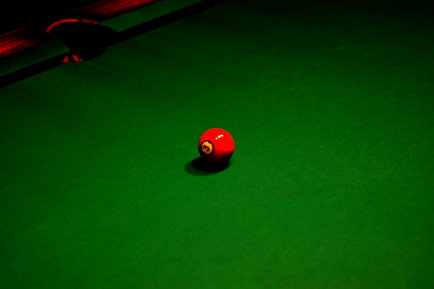
3 ball
As I have written before (in the old WordPress version of the blog which I will eventually import into the present one), I have spent about the last six months learning to play pool. This has been a fascinating experience. We have a player in our league who is almost always disruptive and socially a misfit. But, he’s a phenomenal shooter. He throws three sheets to the wind, takes absurdly low-probability shots, and makes them with frightening regularity. Why? I suspect it’s because he not only has the skill to make shots, he’s confident that it’s the right shot to take. In the Scientific American article The Expert Mind, Philip Ross quotes chess master José Raúl Capablanca as saying, “I see only one move ahead, but it is always the correct one.” This is also the root of the “don’t second-guess yourself” on standardized tests and the thesis of Malcolm Gladwell’s book Blink.
It would be hubris to suggest that confidence alone yields success (look no further than the White House for a counterexample). However, the combination of experience, analysis, and confidence, act in synergy to produce results. The challenge is to create an environment or a curriculum that prepares confident students without watering-down the process. Confidence in engineering education is not limited to simply being confident that you can solve a given homework problem. Confidence is understanding how you and your education fit into the engineering process.
Perhaps the most important take-home lesson for engineering educators is to subject yourself to humbling learning experiences from time-to-time. This would make all of us better teachers.